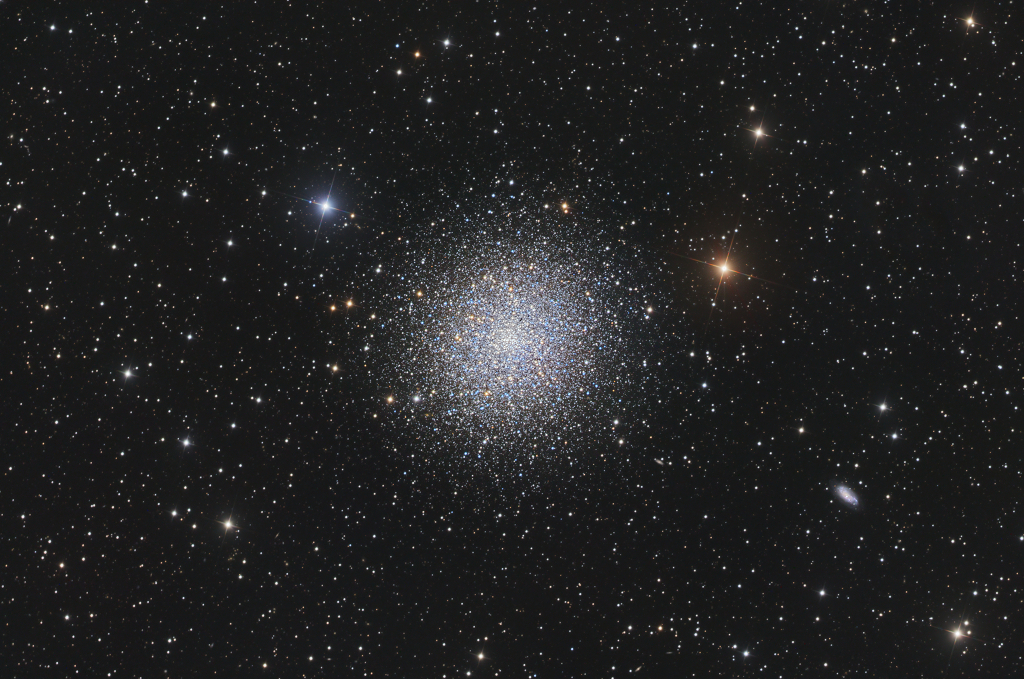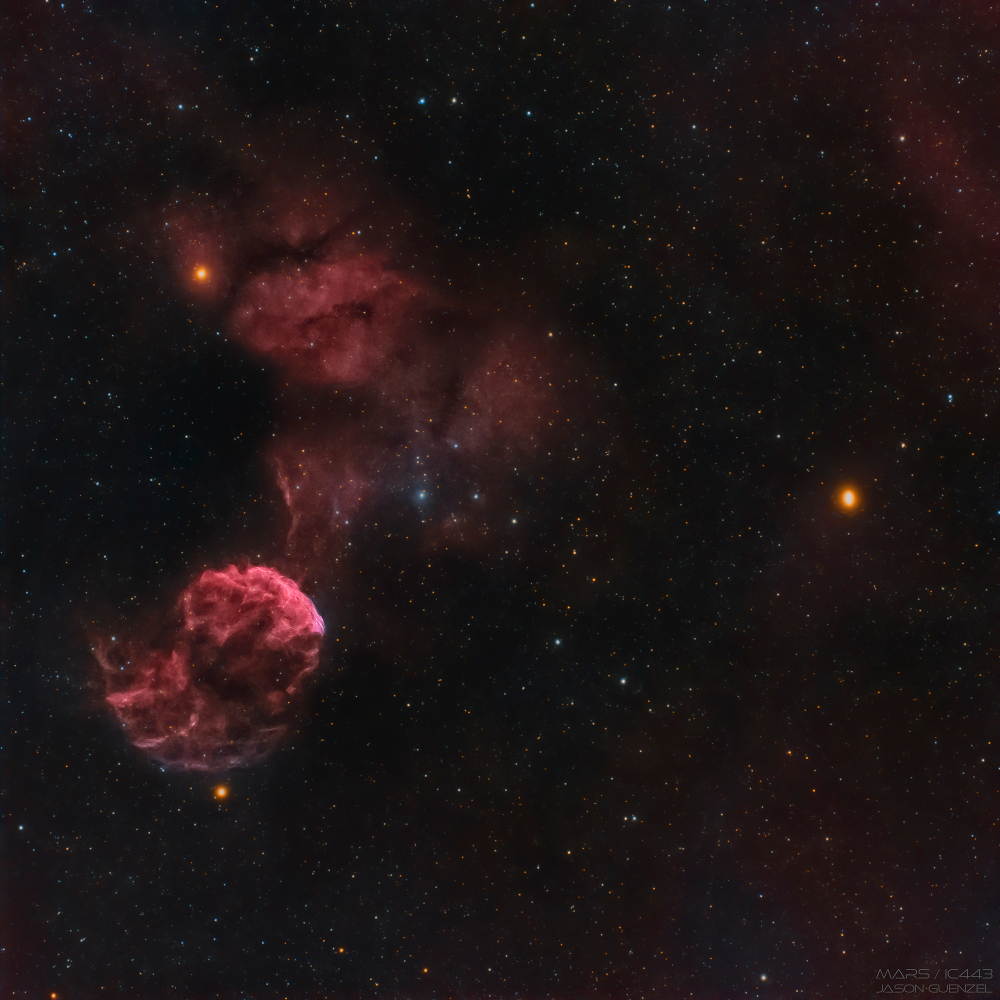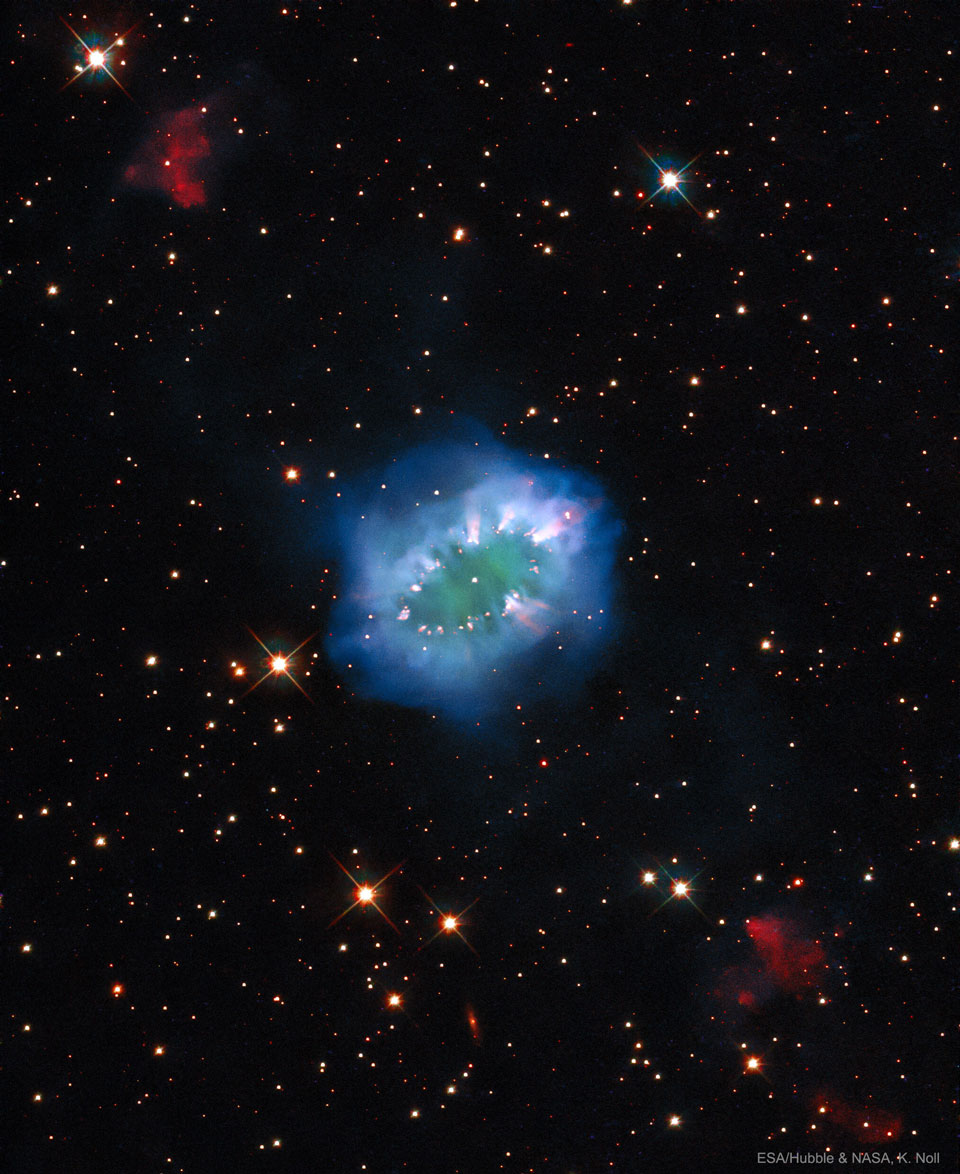Blog
Tientos is a flamenco Andalusian palo which has a rhythm consisting of 4 beats. It is in the same family as the Tangos, but slower and with different topics, lyrics and mood. Every Tientos becomes a Tangos at the end of the song/dance. Traditionally, cantaor El Marrurro (1848 -1906) has been considered one of the creators of this style. Enrique el Mellizo gave it the modern form by which we know it today. Other famous cantaores who interpreted this style were Antonio Chacón and Pastora Pavón.
Like many Cante Jondo, traditional Tientos lyrics (letras) tend to be pathetic, sentimental, and speak about the lack of love, disillusionment and revenge. Dancers strive to capture this mood in their solos. It can be danced by a man or a woman.
The structure is similar to most Flamenco dances and can be broken down as follows:
- Guitar intro
- Song intro
- Footwork intro and llamada
- First letra, punctuated by a footwork during the respiro ‑ a break in the song after the second line of letra
- Guitar falsetta
- Escobilla (footwork section)
- Second letra
- Second escobilla
- Subida
- Macho or Tangos to close
In 1716, English astronomer Edmond Halley noted, “This is but a little Patch, but it shews itself to the naked Eye, when the Sky is serene and the Moon absent.” Of course, M13 is now less modestly recognized as the Great Globular Cluster in Hercules, one of the brightest globular star clusters in the northern sky. Sharp telescopic views like this one reveal the spectacular cluster’s hundreds of thousands of stars. At a distance of 25,000 light-years, the cluster stars crowd into a region 150 light-years in diameter. Approaching the cluster core upwards of 100 stars could be contained in a cube just 3 light-years on a side. For comparison, the closest star to the Sun is over 4 light-years away. The remarkable range of brightness recorded in this image follows stars into the dense cluster core. Distant background galaxies in the medium-wide field of view include NGC 6207 at the lower right.

John Robert “Joe” Cocker OBE (20 May 1944 – 22 December 2014) was an English singer known for his gritty voice and dynamic stage performances that featured spastic body movements. Most of his best known singles were covers of songs by other artists, though he composed a number of his own songs for most of his albums as well, often in conjunction with songwriting partner Chris Stainton.
His first album featured a recording of the Beatles‘ “With a Little Help from My Friends“, which brought him to near instant stardom. The song reached number one in the UK in 1968, became a staple of his many live shows, and became known to later generations as the theme song for the TV series The Wonder Years. He continued his successes with his his second album, which included a second Beatles cover, “She Came In Through the Bathroom Window“. Capitalizing on his success, a hastily thrown together 1970 U.S. tour led to the live double-album Mad Dogs & Englishmen, which featured an all-star band organized by Leon Russell. His 1974 cover of “You Are So Beautiful” reached number five in the US, and became his signature song. Cocker’s best selling song was the US number one “Up Where We Belong“, a duet with Jennifer Warnes that earned a 1983 Grammy Award. He released a total of 22 studio albums over a 43-year recording career.
In 1993, Cocker was nominated for the Brit Award for Best British Male, in 2007 was awarded a bronze Sheffield Legends plaque in his hometown and in 2008 he received an OBE at Buckingham Palace for services to music. Cocker was ranked number 97 on Rolling Stone‘s 100 greatest singers list.
more...Victor Lewis (born May 20, 1950) is an American jazz drummer, composer, and educator.
Victor Lewis was born on May 20, 1950 in Omaha, Nebraska. His father, Richard Lewis, who played saxophone and mother, Camille, a pianist-vocalist were both classically trained musicians who performed with many of the “territory bands” that toured the midwest in the forties. Consequently, Victor grew up with jazz as well as popular and European classical music at home. He would also go with his father to hear touring big bands as they passed through Omaha, such as Duke Ellington, Count Basie and Woody Herman.
Victor started studying music when he was ten and a half years old. Too small for the acoustic bass, he began on cello, but switched to the drums a year and a half later inspired by the drum line marching in holiday parades. As part of his formal studies, he also studied classical piano.
https://www.youtube.com/watch?v=JMLqeoM-j4k
more...Frederick Earl “Shorty” Long (May 20, 1940 – June 29, 1969) was an American soul singer, songwriter, musician, and record producer for Motown‘s Soul Records imprint. He was inducted into the Alabama Jazz Hall of Fame in 1980.
Born in Birmingham, Alabama, Long came to Motown in 1963 from the Tri-Phi/Harvey label, owned by Berry Gordy‘s sister, Gwen, and her husband, Harvey Fuqua. His first release, “Devil with the Blue Dress On” (1964), written with William “Mickey” Stevenson, was the first recording issued on Motown’s Soul label, a subsidiary designed for more blues-based artists such as Long.While this song never charted nationally, the song was covered and made a hit in 1966 by Mitch Ryder and the Detroit Wheels. Long’s 1966 single “Function at the Junction” was his first popular hit, reaching No. 42 on the national R&B charts. Other single releases included “It’s a Crying Shame” (1964), “Chantilly Lace” (1967), and “Night Fo’ Last” (1968).
Long’s biggest hit was “Here Comes the Judge” which in July 1968 reached No. 4 on the R&B charts and No. 8 eight on the Billboard Hot 100. The song was inspired by a comic act on Rowan and Martin’s Laugh-In about a judge by Pigmeat Markham, whose own “Here Comes the Judge” – a similar song with different lyrics – charted three weeks after Long’s, also in July 1968, and reached No. 19 on Billboard. Long’s 1969 singles included “I Had a Dream” and “A Whiter Shade of Pale“. He released one album during his lifetime, Here Comes the Judge (1968).
Long played many instruments, including piano, organ, drums, harmonica, and trumpet. He acted as an MC for many of the Motortown Revue shows and tours, and co-wrote several of his tunes (“Devil with the Blue Dress On”, “Function at the Junction”, and “Here Comes the Judge“). Long was the only Motown artist besides Smokey Robinson who was allowed to produce his own recordings in the 1960s. Marvin Gaye, in David Ritz‘s biography Divided Soul: The Life & Times of Marvin Gaye, described Shorty Long as “this beautiful cat who had two hits, and then got ignored by Motown.” Gaye claimed he “fought for guys like Shorty” while at Motown, since no one ever pushed for these artists. When Holland-Dozier-Holland came to Gaye with a tune, he stated, “Why are you going to produce me? Why don’t you produce Shorty Long?”
On June 29, 1969, Long and a friend drowned when their boat crashed on the Detroit River in Michigan. Stevie Wonder played the harmonica at his burial, and placed it on his casket afterwards. Writer Roger Green’s epitaph stated: “So there endeth the career of a man who sang what he wanted to sing – everything from the blues to romantic ballads, from wild and crazy numbers to a utopian vision of Heaven on Earth. Short in stature but big in talent, he entertained and amazed us, and finally he inspired us.”
Motown released Long’s final album, The Prime of Shorty Long, shortly after his death.
more...Marinella (Greek: Μαρινέλλα) (born 20 May 1938, Thessaloniki) is one of the most popular Greek singers whose career has spanned several decades. She has sung professionally since 1957. Since the beginning of her career, she has released 66 solo albums and has been featured on albums by other musicians.
She was born Kyriaki Papadopoulou (Κυριακή Παπαδοπούλου), in the city of Thessaloniki in northern Greece. Her parents were Greek refugees from Constantinople. She is the fourth and last child of a large family, which despite its poverty, was rich in love and in artistic vein. The whole family gathered around the turntable and sang, while her father tried to teach children the steps of the waltz and the tango. From the age of four years singing on the radio broadcast in “Pediki Ora (Children’s Hour)” and later did ads for shops such as “Melka” in Thessaloniki, earning her first pocket money. She participated in many performances of children’s theatre.
At age 15, she gave up her budding career to finish school, but by seventeen, her passion for the theatre is stirring and she joins the artistic group of Mary Laurent, a “mpoulouki” (so called then the singer troupes that traveled Greece end-to-end for performances) and plays small roles. One day, the lead singer fell sick and sought Marinella as a replacement, who was willing to take the singer’s place. At that moment, the Greek music world found one of its best representatives. Marinella became the lead singer of the troupe. She later joined the Military Theatre because the remuneration was better. At the same time she started her career as a singer at the “Panorama” centre of Thessaloniki, where Tolis Harmas[who?] coined the name “Marinella” for her, inspired by his song.
more...Edward Louis Smith (May 20, 1931 – August 20, 2016) was an American jazz trumpeter from Memphis, Tennessee.
After graduating from Tennessee State University he attended graduate school at the University of Michigan. While studying at the University of Michigan, he played with visiting musicians such as Dizzy Gillespie, Miles Davis, Thad Jones and Billy Mitchell, before going on to play with Sonny Stitt, Count Basie and Al McKibbon, Cannonball Adderley, Percy Heath, Philly Joe Jones, Lou Donaldson, Donald Byrd, Kenny Dorham and Zoot Sims. Smith decided to forgo being a full-time musician to take a job a director of Atlanta’s Booker T. Washington High School. There he recorded two albums for Blue Note.
The first, Here Comes Louis Smith, originally recorded for the Boston-based Transition Records, featured Cannonball Adderley (then under contract to Mercury) playing under the pseudonym “Buckshot La Funke”, Tommy Flanagan, Duke Jordan, Art Taylor and Doug Watkins. He also replaced Donald Byrd for Horace Silver’s Live at the Newport 1958 set. His playing on the set was one of his best efforts and was described by one critic as “monstrous”. He was a prolific composer and successful band director leaving Booker T. Washington to become director of the Jazz Ensemble at the University of Michigan and a teacher in Ann Arbor’s public school system. He later recorded for the SteepleChase label.
Smith suffered a stroke in 2006, and was seen occasionally enjoying live jazz in the Detroit/Ann Arbor area, but did not return to performing.
His cousin Booker Little was also a trumpeter.
Smith died on August 20, 2016, at age 85.
more...In the telescopic field of view two bright yellowish stars, Mu and Eta Geminorum, stand just below and above the Jellyfish Nebula at the left. Cool red giants, they lie at the foot of the celestial twin. The Jellyfish Nebula itself floats below and left of center, a bright arcing ridge of emission with dangling tentacles. In fact, the cosmic jellyfish is part of bubble-shaped supernova remnant IC 443, the expanding debris cloud from a massive star that exploded. Light from that explosion first reached planet Earth over 30,000 years ago. Like its cousin in astrophysicalwaters the Crab Nebula supernova remnant, the Jellyfish Nebula is known to harbor a neutron star, the remnant of the collapsed stellar core. Composed on April 30, this telescopic snapshot also captures Mars. Now wandering through early evening skies, the Red Planet also shines with a yellowish glow on the right hand side of the field of view. Of course, the Jellyfish Nebula is about 5,000 light-years away, while Mars is currentlyalmost 18 light-minutes from Earth.

Grace Beverly Jones OJ (born 19 May 1948) is a Jamaican-American model, singer, songwriter, record producer and actress. In 1999, Jones ranked 82nd on VH1‘s 100 Greatest Women of Rock and Roll, and in 2008, she was honored with a Q Idol Award. Jones influenced the cross-dressing movement of the 1980s and has been an inspiration for artists including Annie Lennox, Lady Gaga, Rihanna, Solange, Lorde, Róisín Murphy, Brazilian Girls, Nile Rodgers, Santigold, and Basement Jaxx. In 2016, Billboard magazine ranked her as the 40th greatest dance club artist of all time.
Born in British Jamaica, she and her family moved to Syracuse, New York, when she was 13. Jones began her modelling career in New York state, then in Paris, working for fashion houses such as Yves St. Laurent and Kenzo, and appearing on the covers of Elle and Vogue. She worked with photographers such as Jean-Paul Goude, Helmut Newton, Guy Bourdin, and Hans Feurer, and became known for her distinctive androgynousappearance and bold features.
Beginning in 1977, Jones embarked on a music career, securing a record deal with Island Records and initially becoming a star of New York City‘s Studio 54-centered disco scene. In the early 1980s, she moved toward a new wave style that drew on reggae, funk, post-punk and pop music, frequently collaborating with both the graphic designer Jean-Paul Goude and the musical duo Sly & Robbie. Her most popular albums include Warm Leatherette (1980), Nightclubbing (1981), and Slave to the Rhythm (1985). She scored Top 40 entries on the UK Singles Chart with “Pull Up to the Bumper“, “I’ve Seen That Face Before“, “Private Life“, and “Slave to the Rhythm“. In 1982, she released the music video collection A One Man Show, directed by Goude.
Jones appeared in some low-budget films in the US during the 1970s and early 1980s. In 1984, she made her first mainstream appearance as Zula in the fantasy-action film Conan the Destroyer alongside Arnold Schwarzenegger and Sarah Douglas, and subsequently appeared in the 1985 James Bond movie A View to a Kill as May Day. In 1986, she played a vampire in Vamp, and acted in and contributed a song to the 1992 Eddie Murphy film Boomerang. She appeared alongside Tim Curry in the 2001 film Wolf Girl. For her work in Conan the Destroyer, A View to a Kill, and Vamp, she was nominated for Saturn Awards for Best Supporting Actress.
more...Peter Dennis Blandford Townshend (born 19 May 1945) is an English guitarist, singer and composer. He is co-founder, leader, guitarist, secondary lead vocalist and principal songwriter of the Who, one of the most influential rock bands of the 1960s and 1970s.
Townshend has written more than 100 songs for 12 of the Who’s studio albums. These include concept albums, the rock operas Tommy and Quadrophenia, plus popular rock radio staples such as Who’s Next; as well as dozens more that appeared as non-album singles, bonus tracks on reissues, and tracks on rarities compilations such as Odds & Sods (1974). He has also written more than 100 songs that have appeared on his solo albums, as well as radio jingles and television theme songs.
As an instrumentalist, although known primarily as a guitarist, Townshend also plays keyboards, banjo, accordion, harmonica, ukulele, mandolin, violin, synthesiser, bass guitar, and drums. He is self-taught on all of these instruments. He plays on his own solo albums, several Who albums, and as a guest contributor to an array of other artists’ recordings.
Townshend has also contributed to and authored many newspaper and magazine articles, book reviews, essays, books, and scripts, and he has collaborated as a lyricist and composer for many other musical acts. Due to his aggressive playing style and innovative songwriting techniques, Townshend’s works with the Who and in other projects have earned him critical acclaim.
In 1983, Townshend received the Brit Award for Lifetime Achievement and in 1990 he was inducted into the Rock and Roll Hall of Fame as a member of the Who. Townshend was ranked No. 3 in Dave Marsh‘s 1994 list of Best Guitarists in The New Book of Rock Lists. In 2001, he received a Grammy Lifetime Achievement Award as a member of the Who; and in 2008 he received Kennedy Center Honors. He was ranked No. 10 in Gibson.com’s 2011 list of the top 50 guitarists, and No. 10 in Rolling Stone‘s updated 2011 list of the 100 greatest guitarists of all time. He and Roger Daltrey received The George and Ira Gershwin Award for Lifetime Musical Achievement at UCLA on 21 May 2016.
more...Thomas Wright Scott (born May 19, 1948) is an American saxophonist, composer, and arranger. He was a member of The Blues Brothers and led the jazz fusion group L.A. Express.
Scott was born in Los Angeles, California. He is the son of film and television composer Nathan Scott, who had more than 850 television credits and more than 100 film credits as a composer, orchestrator, and conductor, including the theme songs for Dragnet and Lassie.
His professional career began as a teenager as leader of the jazz ensemble Neoteric Trio. After that, he worked as a session musician. He wrote the theme songs for the television shows Starsky and Hutch and The Streets of San Francisco. In 1974, with the L.A. Express he composed the score for the animated movie, The Nine Lives of Fritz the Cat. He played the soprano saxophone solo on the number-one hit single “Listen to What the Man Said” by the band Wings. In 1976, he played the theme “I Still Can’t Sleep” in Taxi Driver. In 1982, he collaborated with Johnny Mathis on “Without Us”, the theme to the 1980s sitcom Family Ties. He also played the lyricon, an electronic wind instrument on Michael Jackson‘s “Billie Jean“. Scott was a founding member of the Blues Brothers Band, despite his absence in the two films, The Blues Brothers and Blues Brothers 2000. According to Bob Woodward’s account in Wired, a biography of John Belushi, Scott left the band after their 1980 tour over a salary dispute. However, he reunited with Dan Aykroyd and the Blues Brothers Band in 1988 to record a few tracks for The Great Outdoors.
more...Cornelius “Sonny” Fortune (May 19, 1939 – October 25, 2018) was an American jazz saxophonist. Fortune played soprano, alto, tenor, and baritone saxophones, clarinet, and flute.
After moving to New York City in 1967, Fortune recorded and appeared live with drummer Elvin Jones‘s group. In 1968 he was a member of Mongo Santamaría‘s band. He performed with singer Leon Thomas, and with pianist McCoy Tyner (1971–73). In 1974 Fortune replaced Dave Liebman in Miles Davis‘s ensemble, remaining until spring 1975, when he was succeeded by Sam Morrison. Fortune can be heard on the albums Big Fun, Get Up With It, Agharta, and Pangaea, the last two recorded live in Japan.
Fortune joined Nat Adderley after his brief tenure with Davis, then formed his own group in June 1975, recording two albums for the Horizon Records. During the 1990s, he recorded several albums for Blue Note. He has also performed with Roy Brooks, Buddy Rich, George Benson, Rabih Abou Khalil, Roy Ayers, Oliver Nelson, Gary Bartz, Rashied Ali, and Pharoah Sanders, as well as appearing on the live album The Atlantic Family Live at Montreux (1977).
more...Cecil McBee (born May 19, 1935) is an American jazz bassist. He has recorded as a leader only a handful of times since the 1970s, but has contributed as a sideman to a number of jazz albums.
McBee was born in Tulsa, Oklahoma, on May 19, 1935. He studied clarinet at school, but switched to bass at the age of 17, and began playing in local nightclubs. After gaining a music degree from Ohio Central State University, he spent two years in the army, during which time he conducted the band at Fort Knox. In 1959 he played with Dinah Washington, and in 1962 he moved to Detroit, where he worked with Paul Winter‘s folk-rock ensemble in 1963–64. His jazz career began to take off in the mid-1960s, after he moved to New York, when he began playing and recording with a number of significant musicians including Miles Davis, Andrew Hill, Sam Rivers, Jackie McLean (1964), Wayne Shorter (1965–66), Charles Lloyd (1966), Yusef Lateef(1967–69), Keith Jarrett, Freddie Hubbard and Woody Shaw (1986), and Alice Coltrane (1969–72).
more...https://www.youtube.com/watch?v=6KXtKPfRB24
more...First, analyses indicate that the Necklace is a planetary nebula, a gas cloud emitted by a star toward the end of its life. Also, what appears to be diamonds in the Necklace are actually bright knots of glowing gas. In the center of the Necklace Nebula are likely two stars orbiting so close together that they share a common atmosphere and appear as one in the featured image by the Hubble Space Telescope. The red-glowing gas clouds on the upper left and lower right are the results of jets from the center. Exactly when and how the bright jets formed remains a topic of research. The Necklace Nebula is only about 5,000 years old, spans about 5 light years, and can best be found with a large telescope toward the direction of the constellation of the Arrow (Sagitta).

more...
More Posts
- Terje Rypdal Day
- Gil Coggins Day
- World Music with AL-Mawror
- Daily Roots with Carlton and the Shoes
- The Cosmos with N159W
- Malachi Favors Day
- John Lee Hooker Day
- World Fusion with Azam Ali
- Daily Roots with Jackie Mittoo
- The Cosmos with IC 1898
- Art Farmer Day
- Count Basie Day
- World Music with Lian Pearl Folk Music Band
- Daily Roots with Dennis Brown & George Nooks
- The Cosmos with NGC 5714
- Terry Clarke Day
- Robert Plant Day
- Isaac Hayes Day
- Jimmy Raney Day
- World Music with Maalem Mahmoud Guinia
